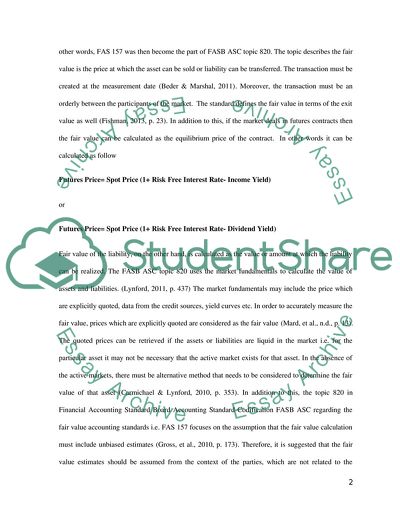Cite this document
(Disclosure of fair value information in the corporate annual report Coursework, n.d.)
Disclosure of fair value information in the corporate annual report Coursework. https://studentshare.org/finance-accounting/1868650-disclosure-of-fair-value-information-in-the-corporate-annual-report
Disclosure of fair value information in the corporate annual report Coursework. https://studentshare.org/finance-accounting/1868650-disclosure-of-fair-value-information-in-the-corporate-annual-report
(Disclosure of Fair Value Information in the Corporate Annual Report Coursework)
Disclosure of Fair Value Information in the Corporate Annual Report Coursework. https://studentshare.org/finance-accounting/1868650-disclosure-of-fair-value-information-in-the-corporate-annual-report.
Disclosure of Fair Value Information in the Corporate Annual Report Coursework. https://studentshare.org/finance-accounting/1868650-disclosure-of-fair-value-information-in-the-corporate-annual-report.
“Disclosure of Fair Value Information in the Corporate Annual Report Coursework”. https://studentshare.org/finance-accounting/1868650-disclosure-of-fair-value-information-in-the-corporate-annual-report.


